Pasilla Sauce: A Flavorful Journey Through Global Spice Traditions
Table of Contents
Introduction to Pasilla Sauce
Pasilla sauce is a versatile and flavorful condiment that has been cherished in Mexican cuisine for centuries. Made from dried pasilla peppers, this sauce adds a rich, smoky, and slightly sweet flavor to any dish. But did you know that its influence extends far beyond the borders of Mexico? In this article, we’ll explore how pasilla sauce fits into global spice traditions and how you can use it in your own kitchen.
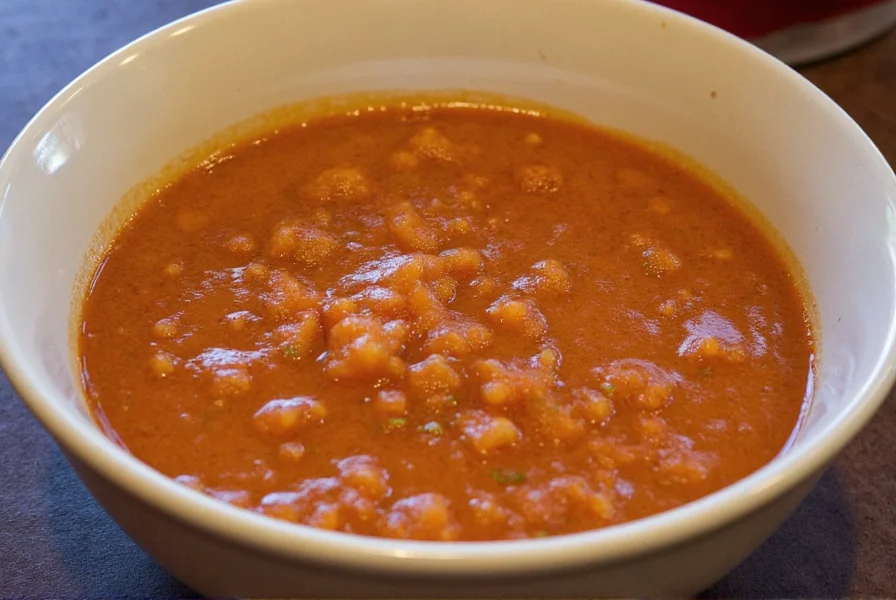
The pasilla pepper itself is a long, dark green chili that turns reddish-brown when dried. It’s often referred to as the "cherry pepper" due to its shape and color when mature. When ground and mixed with other ingredients like garlic, tomatoes, and vinegar, it becomes the base for pasilla sauce, which is commonly used in dishes like enchiladas, tacos, and soups.
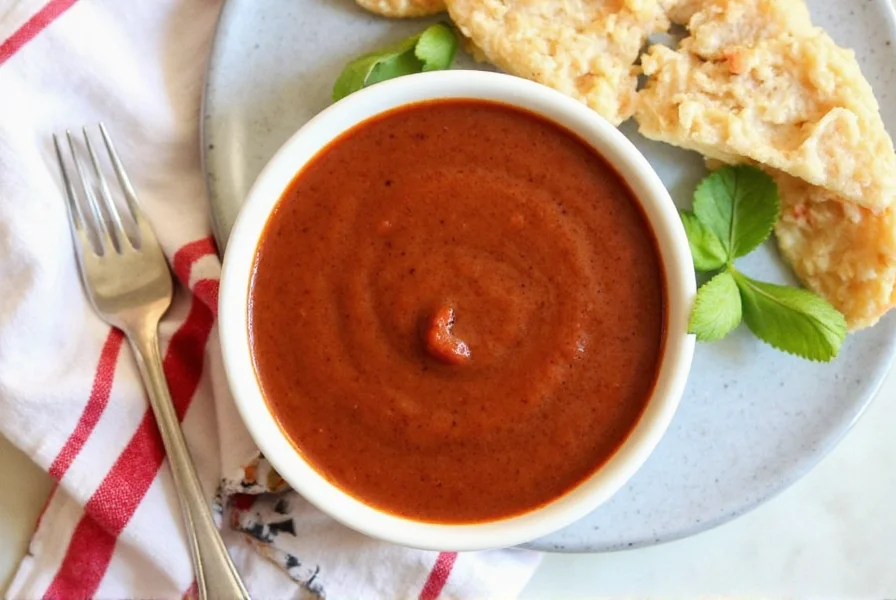
Global Spice Traditions and Pasilla Sauce
Spices have always played a central role in cooking across the world, and pasilla sauce is no exception. While it originates from Mexico, its flavor profile has inspired chefs and home cooks globally. Let’s take a look at how pasilla sauce is used in different parts of the world:
- Mexican Cuisine: In Mexico, pasilla sauce is a staple in traditional dishes like mole, tamales, and enchiladas. It brings depth and complexity to these recipes.
- South American Influence: Some South American countries have adapted pasilla sauce into their own culinary styles, using it in stews and grilled meats for a smoky kick.
- Global Fusion: Chefs around the world are experimenting with pasilla sauce in fusion dishes—think pasilla-infused burgers, pastas, and even cocktails.

One interesting thing about pasilla sauce is that it can be paired with both bold and delicate flavors. Its versatility makes it a favorite among professional chefs and amateur enthusiasts alike.
Cooking Tips with Pasilla Sauce
If you're new to pasilla sauce, here are some practical tips to help you get the most out of it:
- Start Small: Pasilla sauce can be quite strong, so begin with a small amount and adjust to taste.
- Use Fresh Ingredients: If making homemade pasilla sauce, ensure that your pasilla peppers are fully dried and free of mold.
- Pair with Complementary Flavors: Pasilla sauce pairs well with citrus, garlic, and herbs like oregano and cilantro.
- Experiment with Dishes: Don’t limit yourself to traditional Mexican dishes. Try adding it to roasted vegetables, grilled chicken, or even as a dipping sauce.
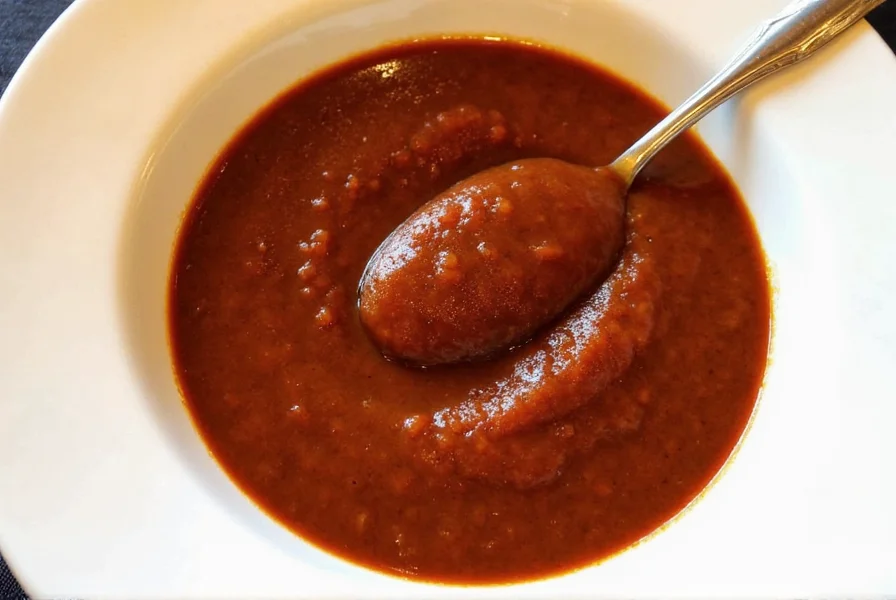
Here’s a quick comparison table showing how pasilla sauce stacks up against other common chili sauces:
| Sauce | Flavor Profile | Heat Level | Best For |
|---|---|---|---|
| Pasilla Sauce | Smoky, slightly sweet, earthy | Mild to medium | Stews, enchiladas, marinades |
| Salsa Verde | Tangy, fresh, herbaceous | Mild | Crudos, tacos, dips |
| Mole | Bitter, nutty, complex | Medium to hot | Meats, enchiladas, rice |
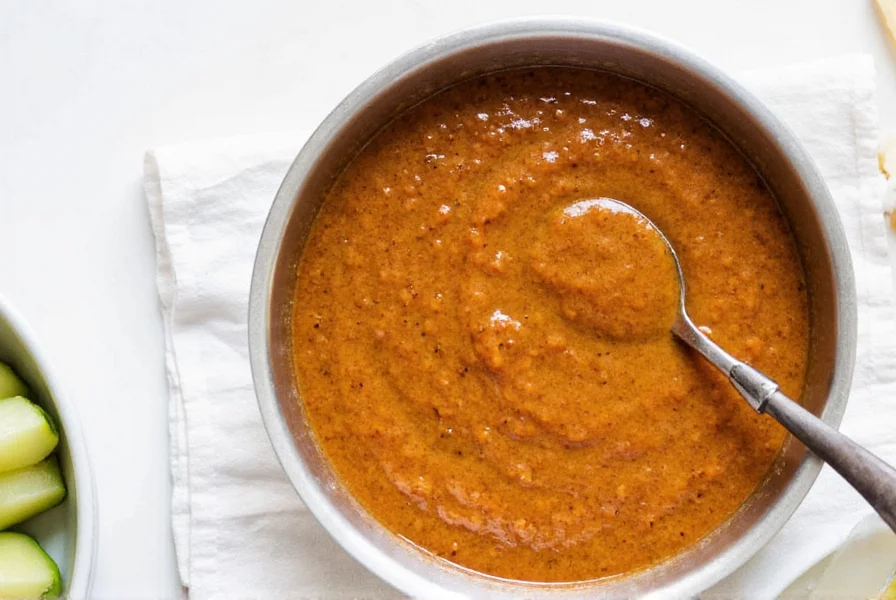
Buying Guide for Pasilla Sauce
If you're looking to buy pasilla sauce, there are several options available on the market. Here's a detailed guide to help you choose the right one for your needs:
1. Store-Bought Pasilla Sauces
There are many commercial brands that produce pasilla sauce. These are convenient and easy to find, but they may vary in quality and flavor. Look for products that list pasilla peppers as the primary ingredient and avoid those with excessive preservatives or artificial additives.
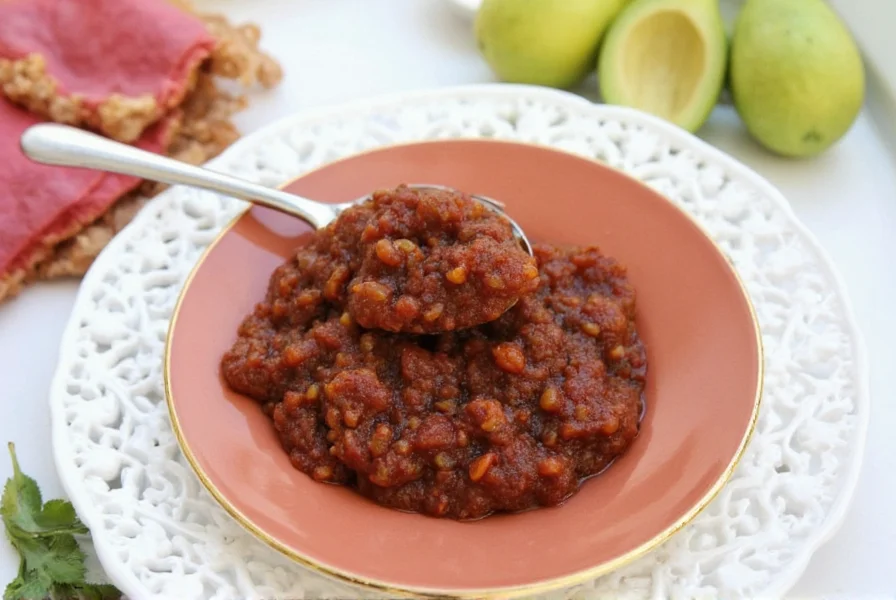
Some popular store-bought options include:
- La Costena Pasilla Sauce: Known for its authentic Mexican flavor and smooth texture.
- El Yucateco Pasilla Sauce: Offers a balanced blend of smokiness and sweetness.
- Chiquita Pasilla Sauce: A great option for those who prefer a milder version.
2. Homemade Pasilla Sauce
For the true connoisseur, making your own pasilla sauce is a rewarding experience. It allows you to control the heat level, flavor, and consistency. Here’s a basic recipe to get you started:
- Soak 10-12 dried pasilla peppers in warm water for 30 minutes.
- Remove stems and seeds, then blend with 2 cloves of garlic, 1 onion, 1 tomato, and a splash of vinegar or lime juice.
- Add salt to taste and simmer for 10-15 minutes.
- Blend again until smooth and store in an airtight container.
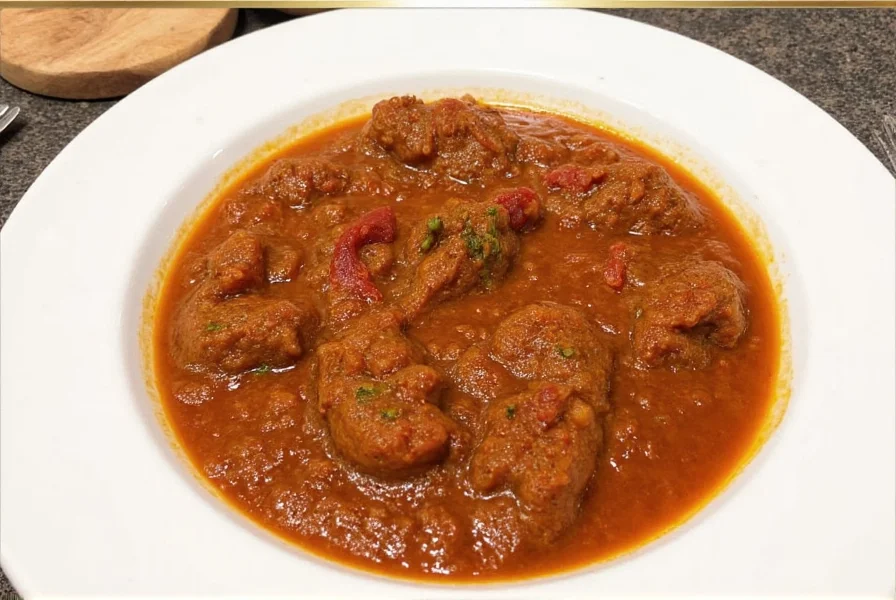
3. Specialty Stores and Online Retailers
If you're looking for high-quality or artisanal pasilla sauce, consider checking specialty stores or online retailers. These places often carry unique varieties that aren't found in regular supermarkets.
When choosing a product, ask yourself:
- Is it made with natural ingredients?
- What is the source of the pasilla peppers?
- Does it align with your dietary preferences (e.g., vegan, gluten-free)?
Conclusion
Pasilla sauce is more than just a condiment—it's a bridge between cultures and a celebration of global spice traditions. Whether you're a seasoned chef or a curious foodie, this sauce offers endless possibilities for creativity in the kitchen. From its origins in Mexico to its growing popularity worldwide, pasilla sauce continues to inspire and delight.
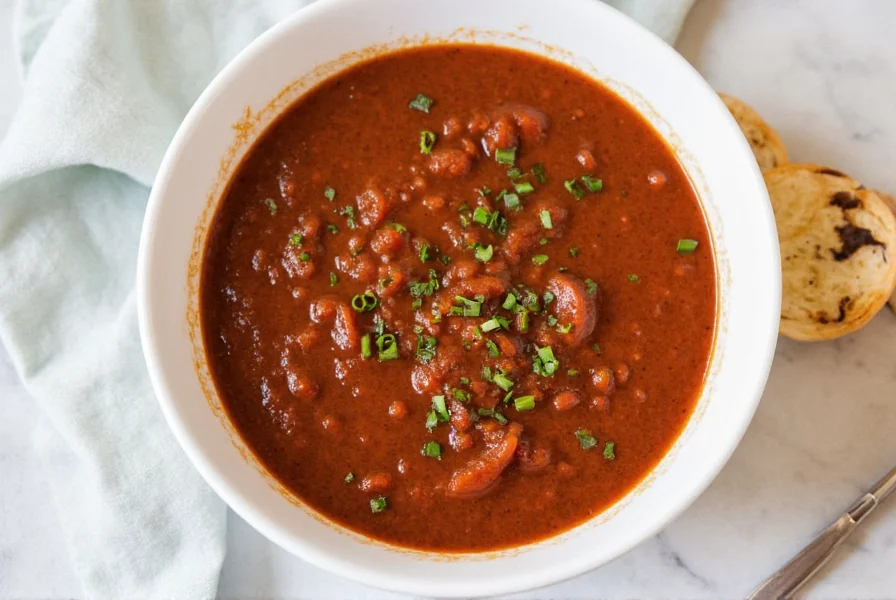
So next time you’re in the mood for something spicy and smoky, reach for a bottle of pasilla sauce. With its rich flavor and versatility, it's sure to elevate your dishes and add a touch of international flair to your meals.


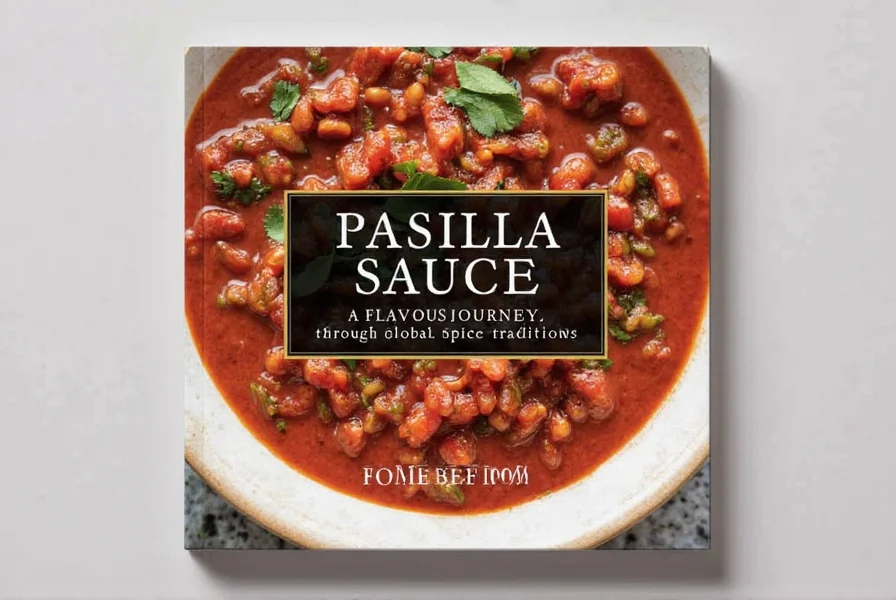









 浙公网安备
33010002000092号
浙公网安备
33010002000092号 浙B2-20120091-4
浙B2-20120091-4